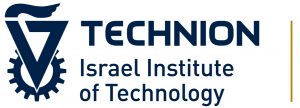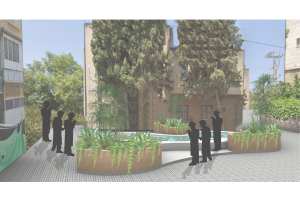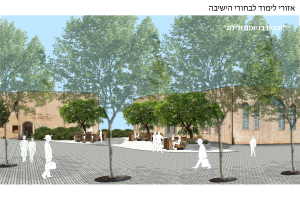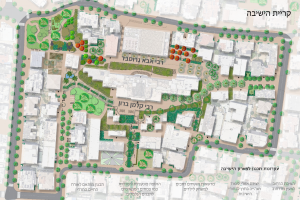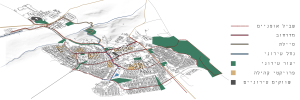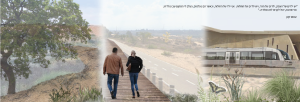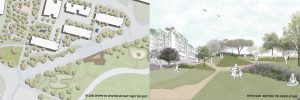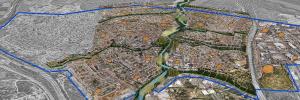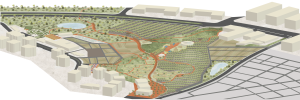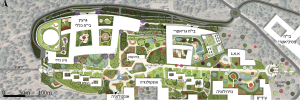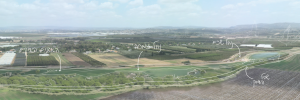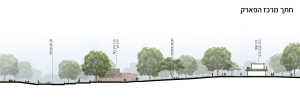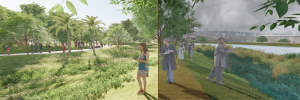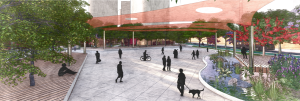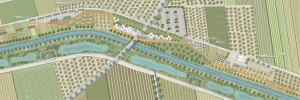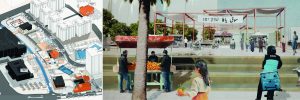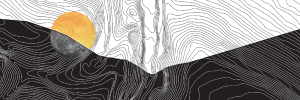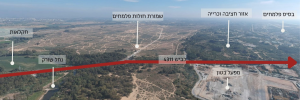Bnei Brak and all its Routes
Densely built cities often suffer from a lack of green areas, which affects the quality of life of the city’s residents. The urban streets, on the other hand, can provide an adequate answer to the lack of open spaces and high density, as they are unbuilt areas and connect different parts of the city. in addition, the urban streets take on additional importance in a city with a great deal of pedestrian traffic, where they constitute a center of activity for the residents. A prominent example of such a city is Bnei Brak.
Bnei Brak is a very densely populated, ultra-Orthodox city with almost no open spaces and is inconvenient for pedestrians. Nevertheless, it is exceptional in terms of its healthy and lively urbanism, as the streets are the center of the residents’ activities, both for shopping and for leisure. This is also expressed in the heavy pedestrian traffic, as the low-income population does not own cars and therefore relies on walking and public transportation. Additionally, the community observes the Sabbath and religious holidays, when driving is prohibited.
Bnei Brak was originally founded as an agricultural settlement by religious Jews. Over time, it developed into a city with a mostly ultra-Orthodox population, which significantly increased its density, to a point at which the agricultural fields and open spaces disappeared. Today the main open space is the Yarkon in northern Bnei Brak, but access to it is complicated and it is inaccessible to most of the city’s residents. This project proposes a unique look at the streets of Bnei Brak as a source for open spaces in the city. On the one hand, the streets themselves will serve as open spaces through renovation, making walking comfortable and less crowded, and as “open respite spaces”. On the other hand, the streets will connect through walking the different parts of the city to each other, and in particular to the Yarkon area. The project proposes to develop the city’s streets according to their level of centrality and use in a way that will serve the needs of the ultra-Orthodox population and address the lack of open spaces in the city.
